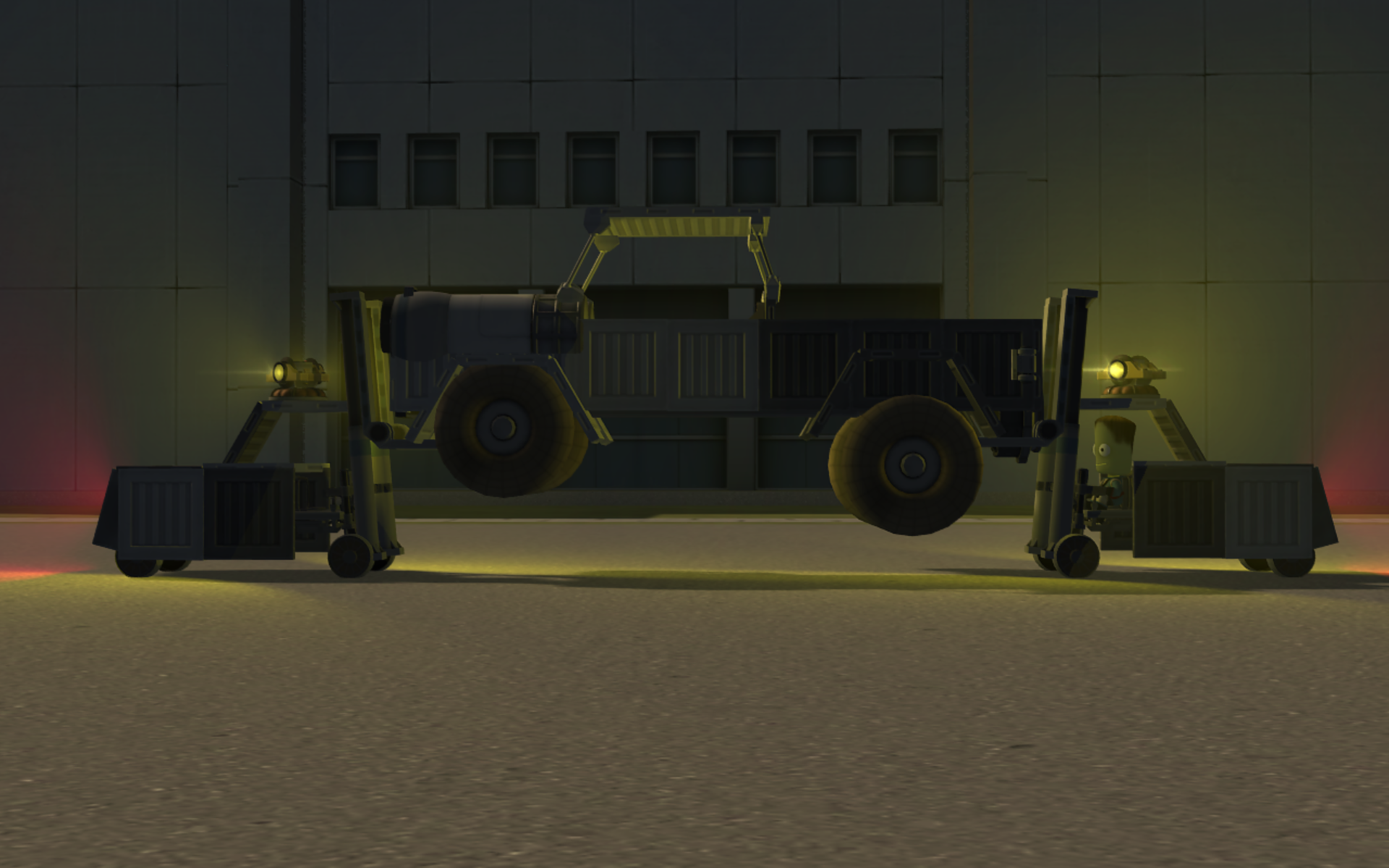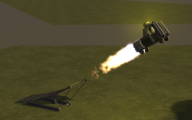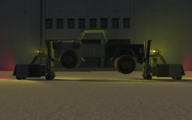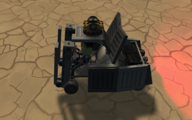Tsar Forkcar model-2120: Difference between revisions
Slavic blin (talk | contribs) mNo edit summary |
Slavic blin (talk | contribs) mNo edit summary |
||
| Line 5: | Line 5: | ||
|origin=[[Bastia]] |
|origin=[[Bastia]] |
||
|designer= [[Tsaregorodtsev Aviation]] |
|designer= [[Tsaregorodtsev Aviation]] |
||
| − | |serv_start = |
+ | |serv_start = 2146 |
|operators= [[Sahr]], [[Bastia]], [[Sahrland-Bastia]], [[Aontas]], [[Iroa]] |
|operators= [[Sahr]], [[Bastia]], [[Sahrland-Bastia]], [[Aontas]], [[Iroa]] |
||
|cost= 7,684 |
|cost= 7,684 |
||
| Line 14: | Line 14: | ||
== Development == |
== Development == |
||
| − | The Model-2120 was created in 2146 after the Tsaregorodtsev Aviation corporation was restarted by the Sahrland-Bastian government. The old Tsar testing facility had several projects from the old corporation including a forklift with the lettering 2120. A modernized version was designed and put into production for duty at the airfield and sale abroad. The vehicles proved easy to |
+ | The Model-2120 was created in 2146 after the Tsaregorodtsev Aviation corporation was restarted by the Sahrland-Bastian government. The old Tsar testing facility had several projects from the old corporation including a forklift with the lettering 2120. A modernized version was designed and put into production for duty at the airfield and sale abroad. The vehicles proved easy to maintain and possessed a small turning radius due to their four wheel steering arrangement. |
== Design == |
== Design == |
||
| − | The Model-2120 is known for its compact size and ease of maintenance. It's cabin lacks any doors or windshield. Sitting just behind the cabin is a 24 litre fuel tank and an LFO-electric hybrid engine. It's four wheels are all motorized and all have steering which in combination with the low ground clearance make the vehicle harder to drive for the average operator. Due to this concern |
+ | The Model-2120 is known for its compact size and ease of maintenance. It's cabin lacks any doors or windshield. Sitting just behind the cabin is a 24 litre fuel tank and an LFO-electric hybrid engine. It's four wheels are all motorized and all have steering which in combination with the low ground clearance make the vehicle harder to drive for the average operator. Due to this concern the Model-2120 handbook states never to exceed 20 km/h, although the vehicle is capable of 36 km/h |
==Variants== |
==Variants== |
||
Revision as of 17:46, 18 January 2024
|
Forkcar model-2120
|
|||||
|---|---|---|---|---|---|
 |
|||||
| Role | Forklift | ||||
| National Origin | Bastia | ||||
| Production History | |||||
| Designer | Tsaregorodtsev Aviation | ||||
| Unit Cost | 7,684(√) | ||||
| Service History | |||||
| In Service | |||||
| 2146 - Present | |||||
| Used By | Sahr, Bastia, Sahrland-Bastia, Aontas, Iroa | ||||
The Tsar Forkcar is a forklift produced by the Tsaregorodtsev Aviation corporation. It has seen commercial adoption across kolus despite fierce competition.
Development
The Model-2120 was created in 2146 after the Tsaregorodtsev Aviation corporation was restarted by the Sahrland-Bastian government. The old Tsar testing facility had several projects from the old corporation including a forklift with the lettering 2120. A modernized version was designed and put into production for duty at the airfield and sale abroad. The vehicles proved easy to maintain and possessed a small turning radius due to their four wheel steering arrangement.
Design
The Model-2120 is known for its compact size and ease of maintenance. It's cabin lacks any doors or windshield. Sitting just behind the cabin is a 24 litre fuel tank and an LFO-electric hybrid engine. It's four wheels are all motorized and all have steering which in combination with the low ground clearance make the vehicle harder to drive for the average operator. Due to this concern the Model-2120 handbook states never to exceed 20 km/h, although the vehicle is capable of 36 km/h
Variants
===Tsar Cementer model-2120 The Tsar Cementer is a variant of the Forkcar with the forks removed and the rear wheels replaced with a roller. The low traction makes the Cementer perform worse on rougher terrain.



